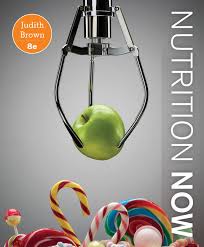
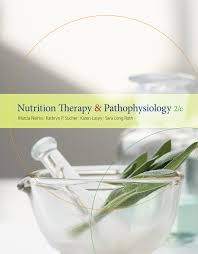
NUTRITION SCIENCE AND APPLICATIONS BINDER READY VERSION 4TH EDITION – Test Bank
Suggested Price: $25.00
Edition: 4th Edition
Format: Downloadable ZIP File
Resource Type: Test Bank
Duration: Unlimited downloads
Delivery: Instant Download
NUTRITION SCIENCE AND APPLICATIONS BINDER READY VERSION 4TH EDITION – Test Bank
Package Title: Test Bank
Course Title: Smolin4e
Chapter Number: 5
Question Type: Multiple Choice
1) Over the past 40 years, the fat intake of Americans has:
a) significantly declined, resulting in less obesity.
b) declined as a proportion of total calories consumed.
c) declined as people tend to cook at home more frequently.
d) risen significantly.
Answer: b
Difficulty: Medium
Learning Objective 1: LO 5.1 Describe sources of fat in food.
Learning Objective 2: LO 5.1.2 Discuss the sources of fat in the American diet.
Section Reference: Section 5.1 Fats in Our Food
2) Which of the following is FALSE about eating a healthy diet?
a) It is essential for most people to reduce total fat consumption by 25-50%.
b) A healthy diet is low in saturated fat from meat and dairy.
c) A healthy diet is low in processed fats like shortenings.
d) Healthy diets include fats from fish, nuts and olive oil.
Answer: a
Difficulty: Medium
Learning Objective 1: LO 5.1 Describe sources of fat in food.
Learning Objective 2: LO 5.1.2 Discuss the sources of fat in the American diet.
Section Reference: Section 5.1 Fats in Our Food
3) Most fatty acids in food and in the body are bound to a molecule called:
a) cholesterol.
b) phospholipids.
c) lecithin.
d) glycerol.
Answer: d
Difficulty: Easy
Learning Objective 1: LO 5.2 Classify lipids.
Learning Objective 2: LO 5.2.2 Compare the structures and food sources of saturated, monounsaturated, polyunsaturated, omega-6, omega-3, and trans fatty acids.
Section Reference: Section 5.2 Types of Lipids
4) The end of a fatty acid chain containing a methyl group is also referred to as the __________ end.
a) omega
b) alpha
c) delta
d) acid
Answer: a
Difficulty: Medium
Learning Objective 1: LO 5.2 Classify lipids.
Learning Objective 2: LO 5.2.1 Describe the structure of a triglyceride.
Section Reference: Section 5.2 Types of Lipids
5) Fatty acids are categorized based on the carbon chain length as well as:
a) the number of sulfur-containing groups.
b) their solubility in water.
c) the types and locations of bonds between the carbons.
d) the number of acid groups in the fatty acid chain.
Answer: c
Difficulty: Medium
Learning Objective 1: LO 5.2 Classify lipids.
Learning Objective 2: LO 5.2.2 Compare the structures and food sources of saturated, monounsaturated, polyunsaturated, omega-6, omega-3, and trans fatty acids.
Section Reference: Section 5.2 Types of Lipids
6) A fatty acid with only single bonds between carbon atoms is called a(n) ________ fatty acid.
a) saturated
b) unsaturated
c) hydrophobic
d) hydrophilic
Answer: a
Difficulty: Easy
Learning Objective 1: LO 5.2 Classify lipids.
Learning Objective 2: LO 5.2.2 Compare the structures and food sources of saturated, monounsaturated, polyunsaturated, omega-6, omega-3, and trans fatty acids.
Section Reference: Section 5.2 Types of Lipids
7) Foods consisting mostly of fatty acids with only single bonds tend to be:
a) solid at room temperature.
b) soluble in water.
c) liquid at room temperature.
d) less stable than fatty acids with double bonds.
Answer: a
Difficulty: Medium
Learning Objective 1: LO 5.2 Classify lipids.
Learning Objective 2: LO 5.2.2 Compare the structures and food sources of saturated, monounsaturated, polyunsaturated, omega-6, omega-3, and trans fatty acids.
Section Reference: Section 5.2 Types of Lipids
8) An omega-6 fatty acid is an example of a(n):
a) saturated fatty acid.
b) trans fatty acid formed by hydrogenation.
c) unsaturated fatty acid.
d) a fatty acid found in tropical oils.
Answer: c
Difficulty: Medium
Learning Objective 1: LO 5.2 Classify lipids.
Learning Objective 2: LO 5.2.2 Compare the structures and food sources of saturated, monounsaturated, polyunsaturated, omega-6, omega-3, and trans fatty acids.
Section Reference: Section 5.2 Types of Lipids
9) Omega-3 and omega-6 fatty acids are examples of:
a) polyunsaturated fatty acids.
b) saturated fatty acids.
c) hydrogenated fats.
d) phospholipids.
Answer: a
Difficulty: Medium
Learning Objective 1: LO 5.2 Classify lipids.
Learning Objective 2: LO 5.5.2 Explain why enough of, and the right balance of, omega-3 and omega-6 fatty acids are needed in the diet.
Section Reference: Section 5.5 Lipid Functions in the Body
10) A(n) ___________ fatty acid has a carbon-carbon double bond with the hydrogen atoms on the same side of the double bond.
a) cis
b) trans
c) essential
d) nonessential
Answer: a
Difficulty: Hard
Learning Objective 1: LO 5.2 Classify lipids.
Learning Objective 2: LO 5.2.2 Compare the structures and food sources of saturated, monounsaturated, polyunsaturated, omega-6, omega-3, and trans fatty acids.
Section Reference: Section 5.2 Types of Lipids
11) __________ fatty acids are not synthesized by the body.
a) Nonessential
b) Saturated
c) Short chain
d) Essential
Answer: d
Difficulty: Easy
Learning Objective 1: LO 5.5 Discuss lipid functions in the body.
Learning Objective 2: LO 5.5.2 Explain why enough of, and the right balance of, omega-3 and omega-6 fatty acids are needed in the diet.
Section Reference: Section 5.5 Lipid Functions in the Body
12) Essential fatty acids can be used by the body to synthesize:
a) eicosanoids.
b) cholesterol.
c) vitamin D.
d) phosphoglycerides.
Answer: a
Difficulty: Medium
Learning Objective 1: LO 5.5 Discuss lipid functions in the body.
Learning Objective 2: LO 5.5.2 Explain why enough of, and the right balance of, omega-3 and omega-6 fatty acids are needed in the diet.
Section Reference: Section 5.5 Lipid Functions in the Body


MAECENAS IACULIS
Vestibulum curae torquent diam diam commodo parturient penatibus nunc dui adipiscing convallis bulum parturient suspendisse parturient a.Parturient in parturient scelerisque nibh lectus quam a natoque adipiscing a vestibulum hendrerit et pharetra fames nunc natoque dui.
ADIPISCING CONVALLIS BULUM
- Vestibulum penatibus nunc dui adipiscing convallis bulum parturient suspendisse.
- Abitur parturient praesent lectus quam a natoque adipiscing a vestibulum hendre.
- Diam parturient dictumst parturient scelerisque nibh lectus.
Scelerisque adipiscing bibendum sem vestibulum et in a a a purus lectus faucibus lobortis tincidunt purus lectus nisl class eros.Condimentum a et ullamcorper dictumst mus et tristique elementum nam inceptos hac parturient scelerisque vestibulum amet elit ut volutpat.


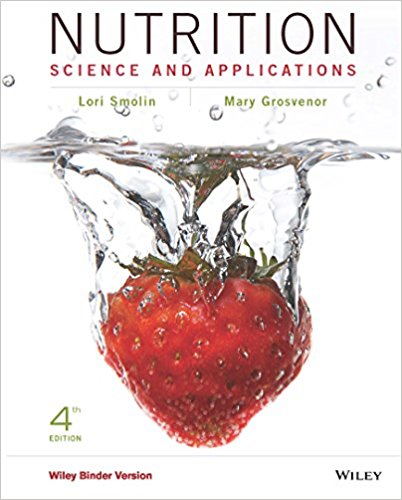
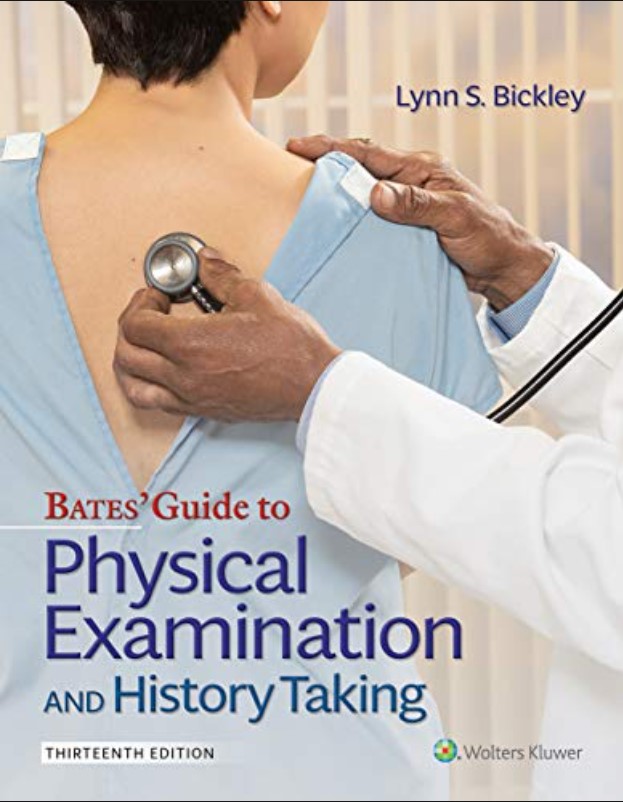
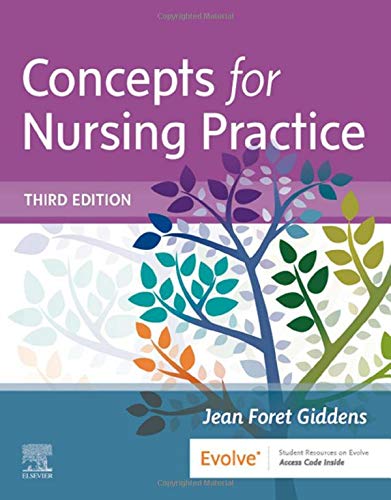
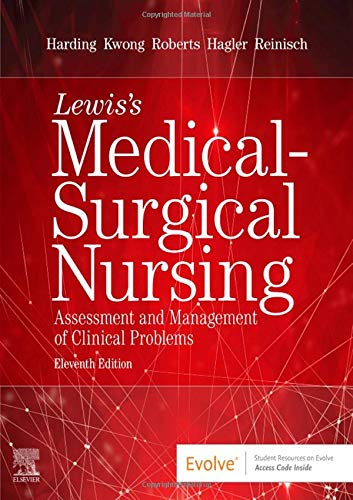
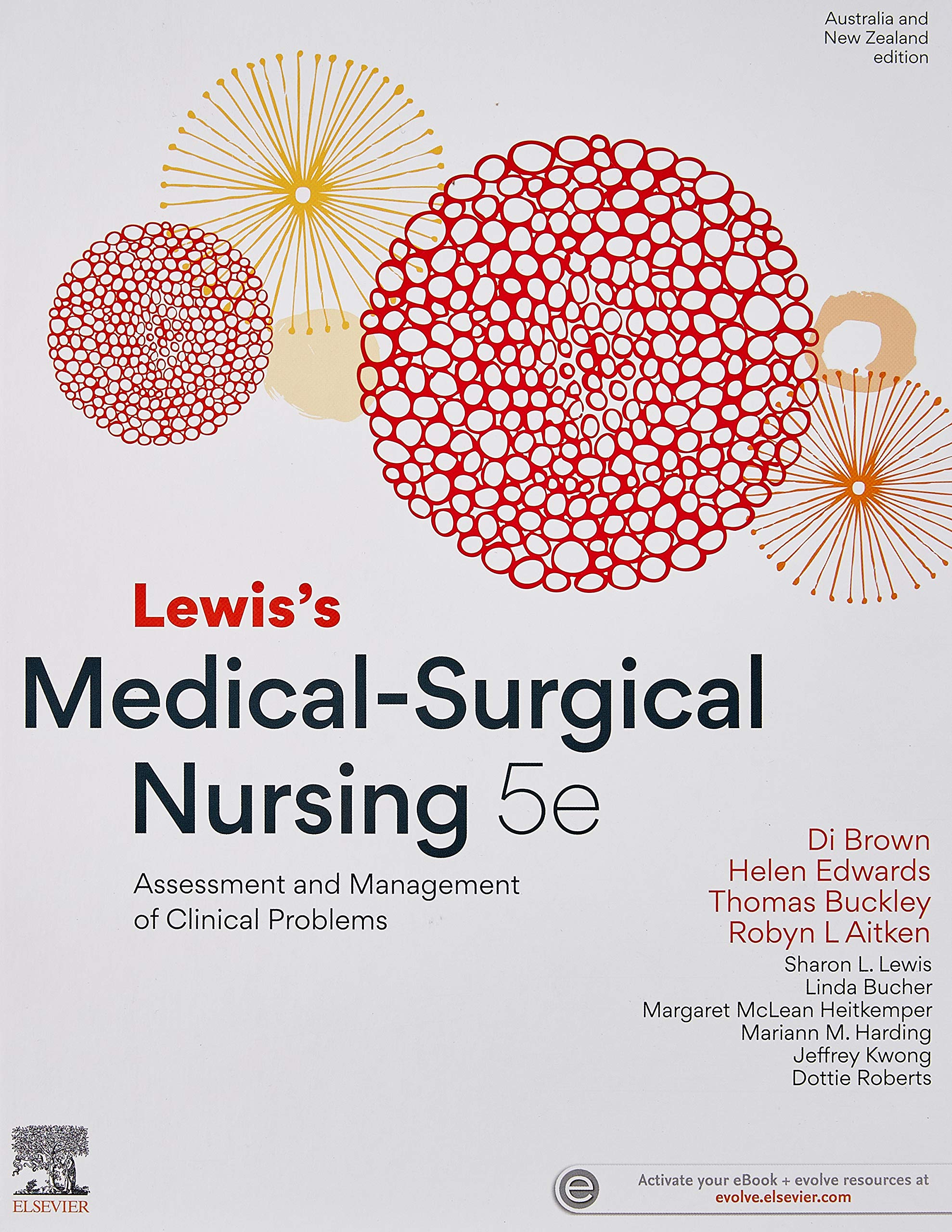
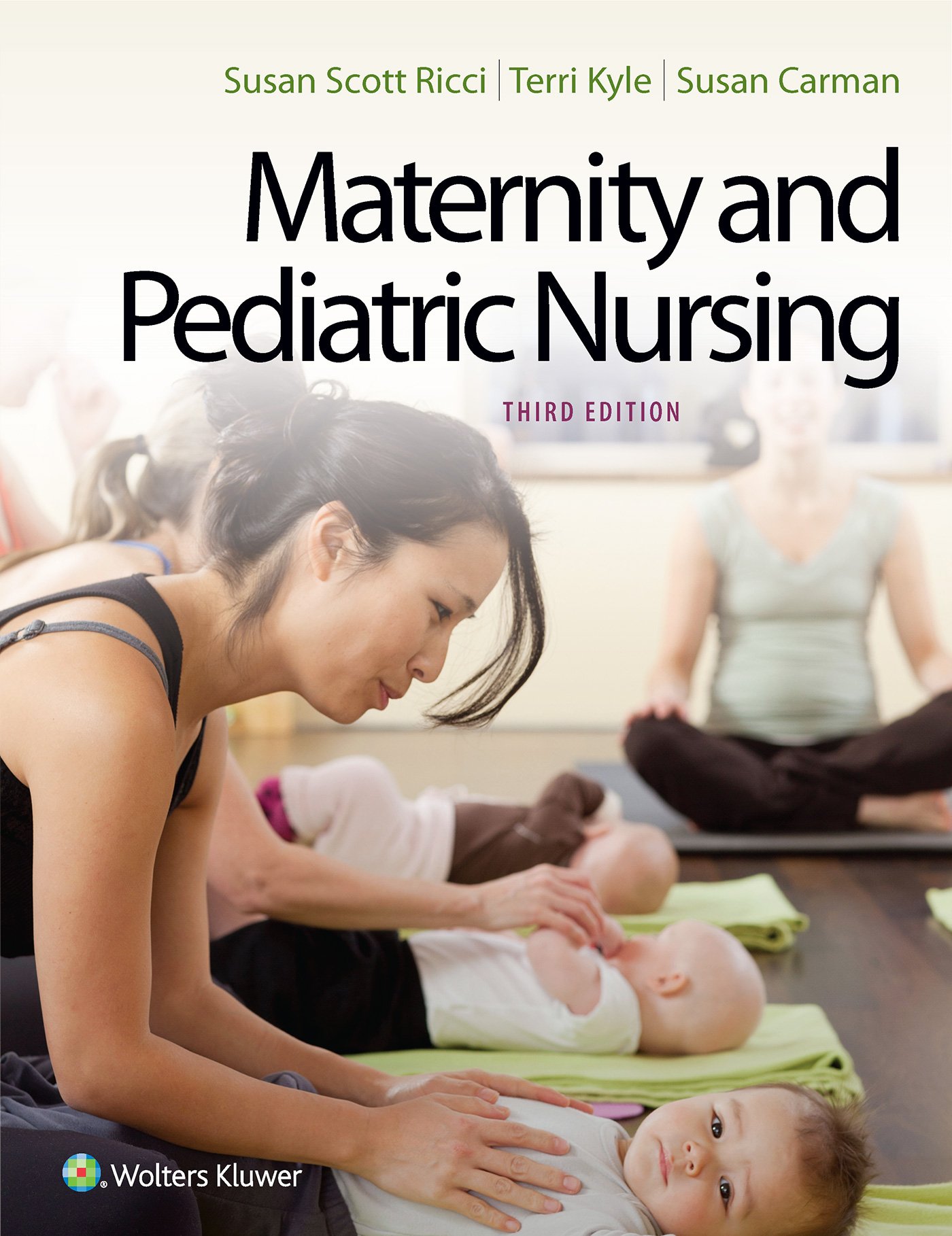
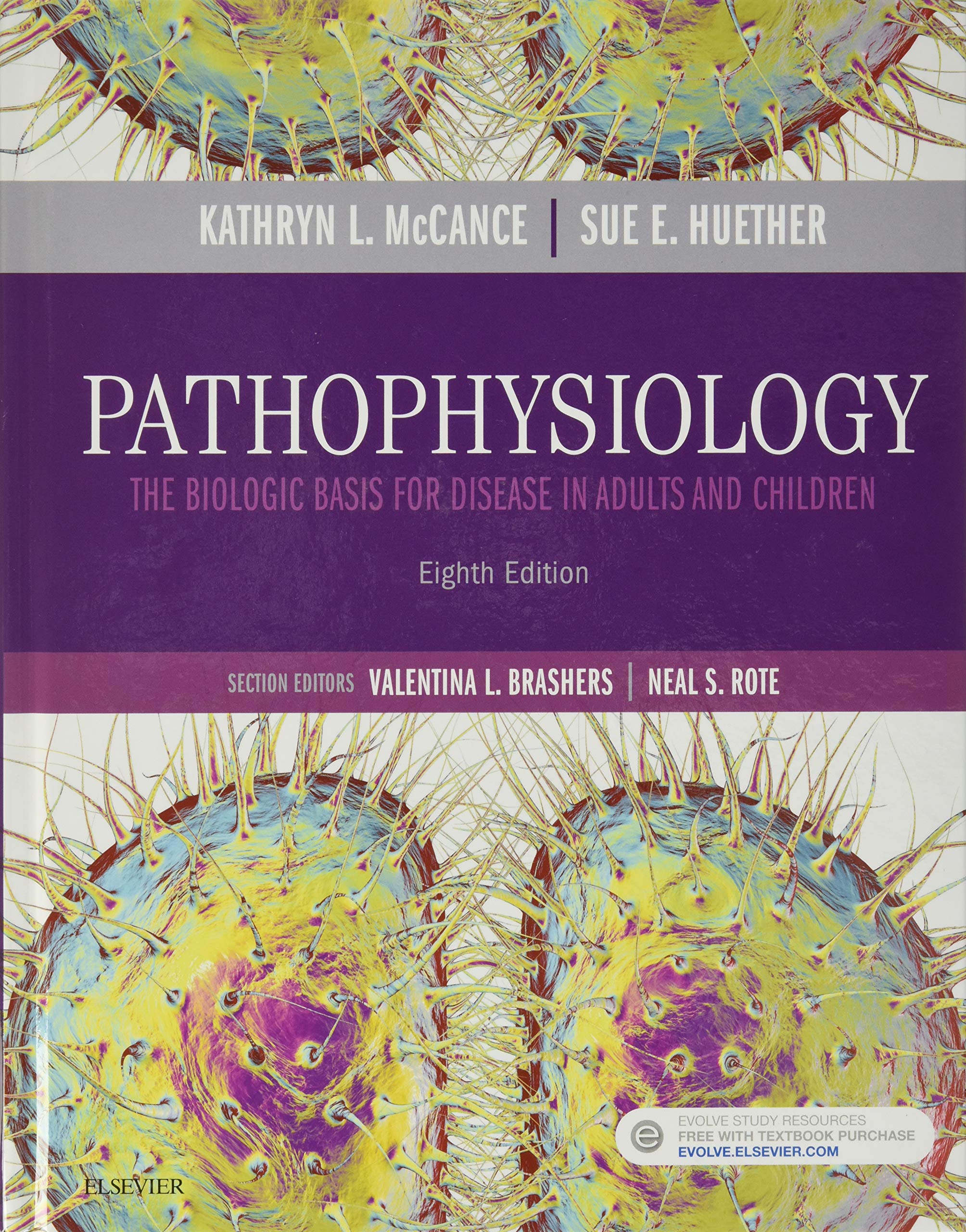
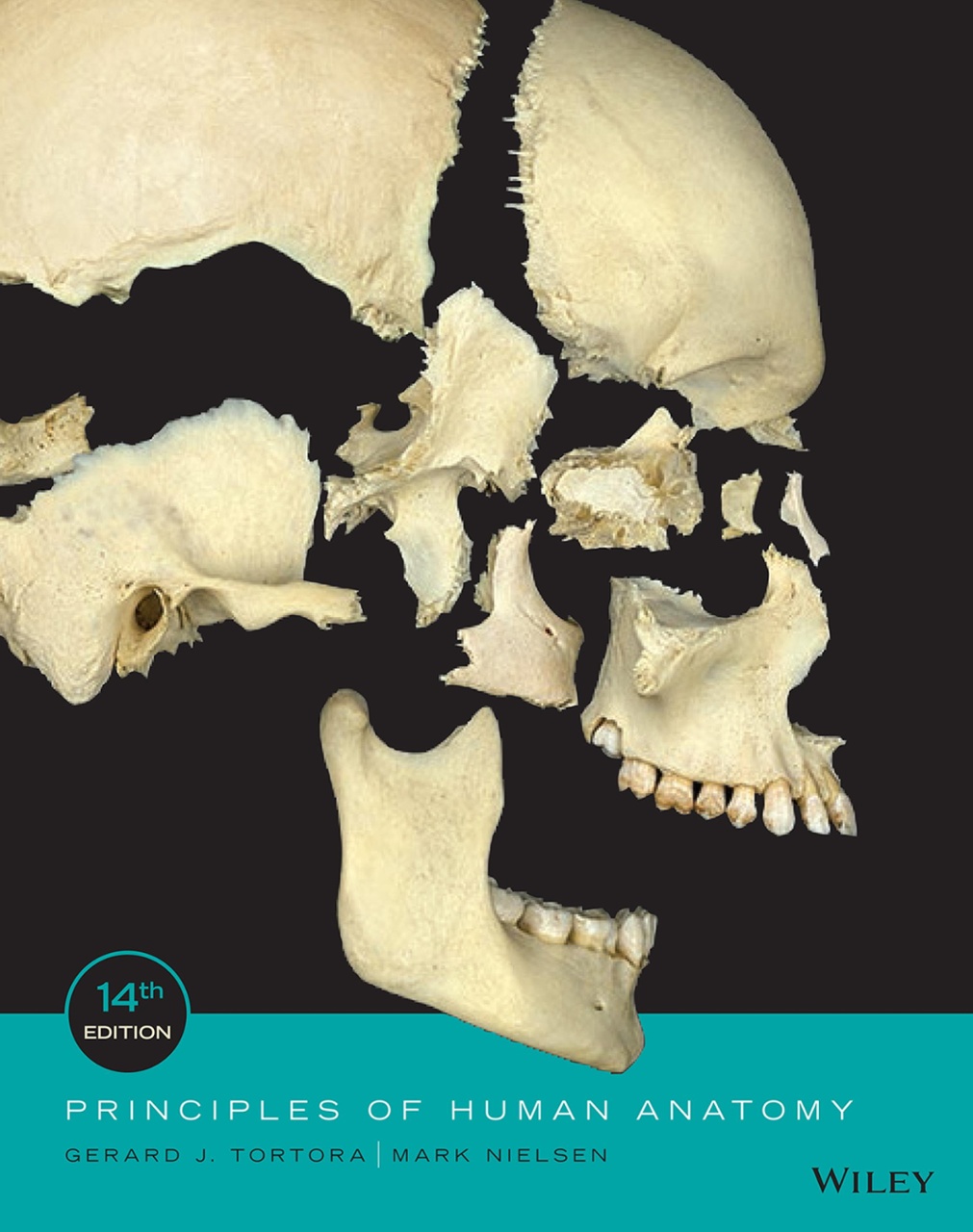
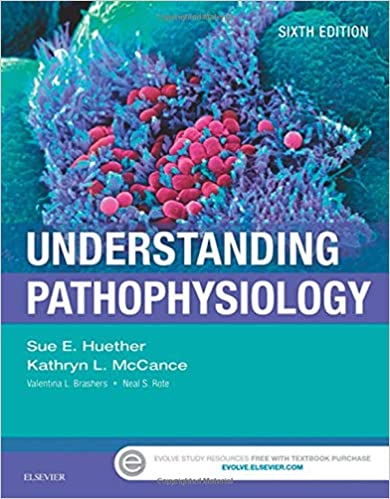
Reviews
There are no reviews yet.